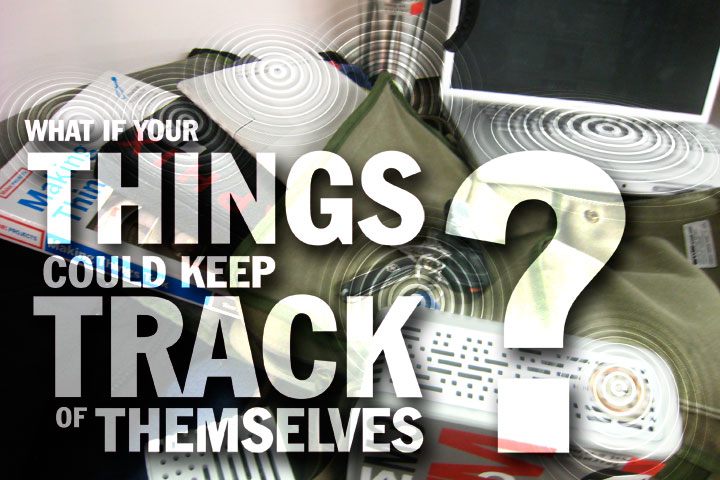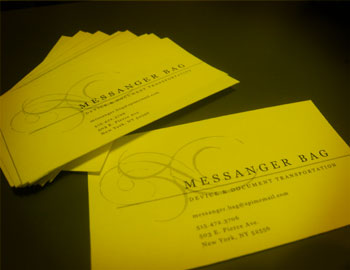Jonathan Jarvis - Term 4 Projects
Media Designer / MFA Candidate
jonathan.jarvis@gmail.com
...................................................
UNICEF: From Hi-Fi to Lo-Fi >>
Jonathan Jarvis - Term 4 Projects
Media Designer / MFA Candidate
jonathan.jarvis@gmail.com
...................................................
UNICEF: From Hi-Fi to Lo-Fi >>

To find out what happens, I RFID tagged my most immediate things and made them keep track of themselves by setting up RFID readers in my three most frequented locations: my studio desk, my room desk, and the studio workstation. Each time an object entered one of these locations, the reader would detect it, and update the object's status on Twitter.
What was shocking, was that my coffee mug wound up with an email address, a twitter account, a social network profile page, an RFID tag number, and passwords for all of them. Plus, anyone in the world can know where it is, all they have to do is follow it on Twitter.
My belongings began to do a lot of my work for me (you don't realize how many things you keep track of until you see a list of them from the past week). I was able to distribute part of my cognitive load to my stuff. When you don't have to worry about where your things are, you can begin to think about how you are going to use them. You can think of your objects less in terms of belongings and more in terms of assets. You and your stuff become a Personal Economy.
My objects began to seem very "human," with their own email addresses and groups of online friends — so I thought, a networked object doesn't have to be connected to a vast, invisible web:


It can be an object that goes out and "networks" just like we do, even handing out business cards! This encouraged me to approach the often mentioned concern with privacy in a world of ubiquitous computers with an inversion: What about celebrity?
Articles on things keeping track of themselves >>